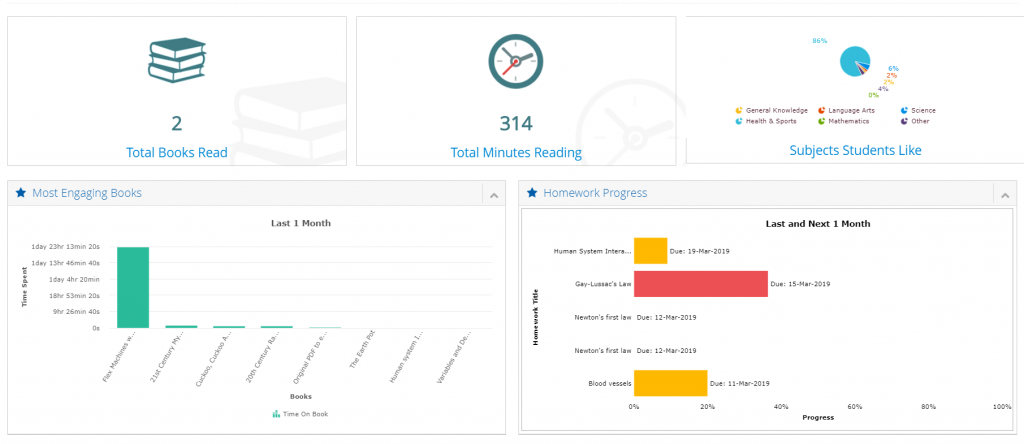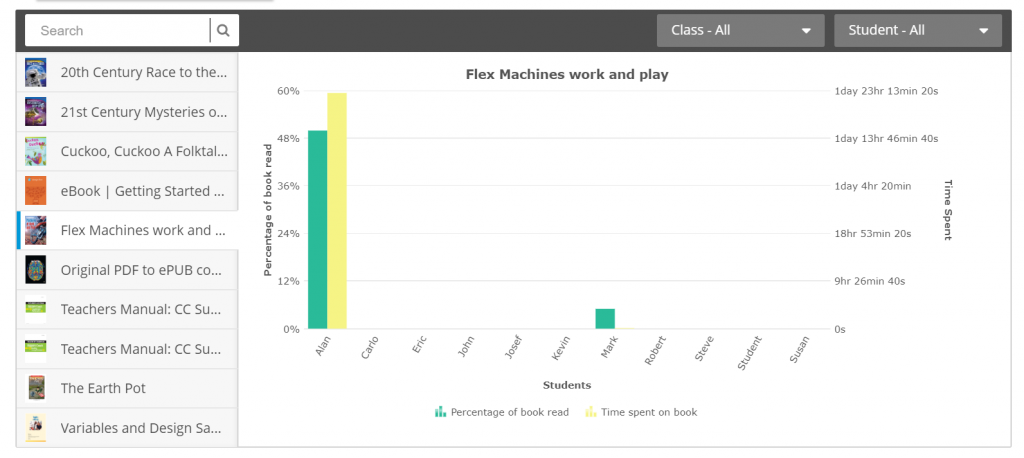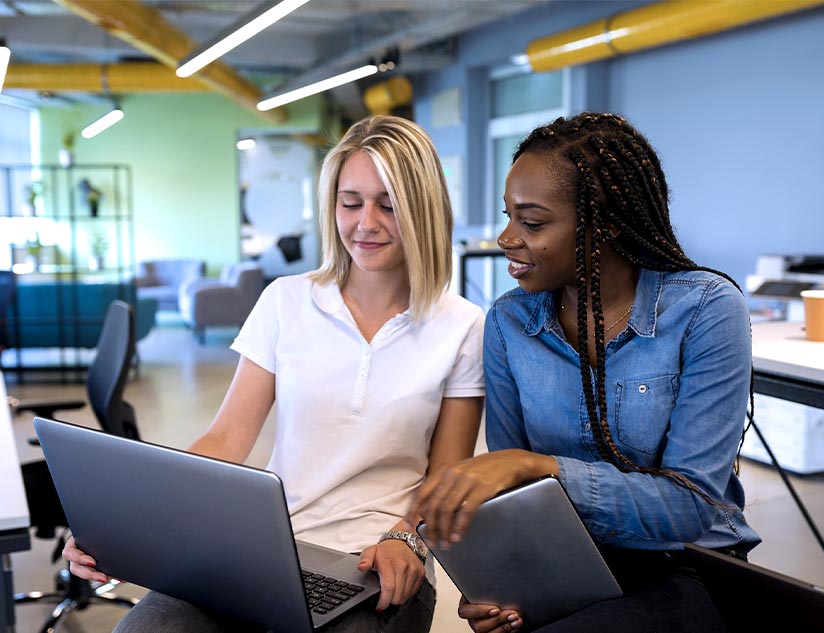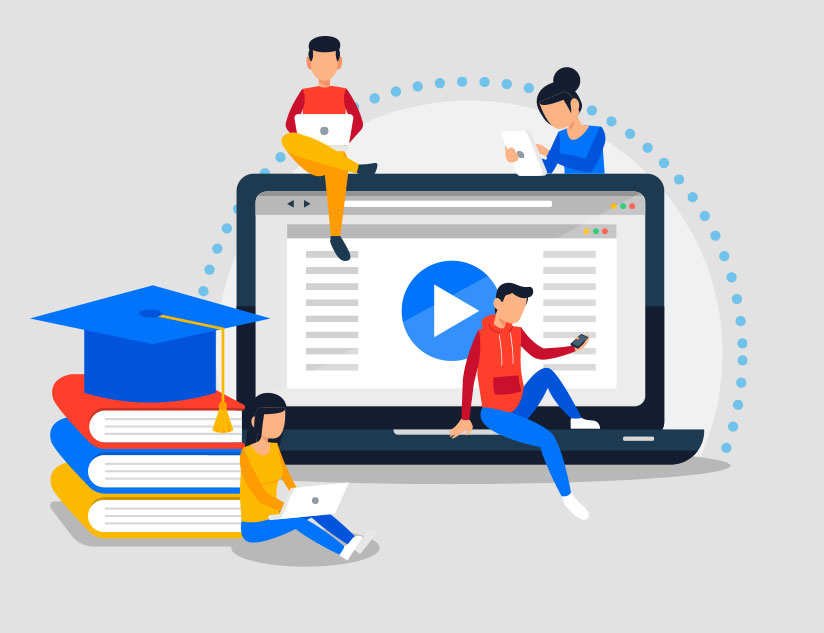In a not so distant past, higher education and student populations traveled along the same path to economic and social success. Students enrolled as teenagers, participating in college life and preparing for the world of work, and institutions flourished, successfully graduating students who went on to begin their careers. Then came the 21st century. And the demolition of the ivory tower.
- Today’s students? About a quarter of them are over 30 and many are working and attending college. They want affordable, purposeful learning that will prepare them for a lifetime of occupational leapfrog and they prefer technology over lecture halls and expensive, outdated print textbooks.
- Today’s colleges and universities? Graduation rates have plummeted, degrees don’t mean jobs, MOOCs ( Massively open online courses) are gutting the traditional brick and mortar classroom, and revenues are declining.
Into this environment enters microlearning: a conceptual framework for creating and delivering discrete, focused digital content in short bytes. It solves the problems of both the institution and the student by providing learning that fits into student lifestyles and allowing higher education to repurpose its content and rethink virtual versus physical accessibility. The MagicBoxTM solution is designed to support this paradigm change.
MagicBoxTM eases the evolution for traditional institutions, academics, and students. Its experts and technology tools convert courses and texts into elearning, to which interactivity and assessment can be added. MagicBoxTM integrates with higher education LMS or SIS systems to deliver the content. Moreover, it allows students to use their smartphones and laptops to access content. MagicboxTM enables professors to interact seamlessly with students, assigning activities, collaborating, assessing, and using real-time reporting to measure progress.


Microlearning Supports Deeper Comprehension and Long-Term Memory
Microlearning research conducted by Software Advice™ indicates that

The length of each learning chunk fits easily into a student’s work-school life and increases focus and comprehension.
Brain research demonstrates that short, focused, relevant content helps students remember, connect, and retain learning. A shift of content from short term to long term occurs with repetition, emotional engagement, connections to previous learning, and practical applications. Students can repeat and review a learning experience, overlearning the content and integrating it with background knowledge.
The digital nature of microlearning allows students to use the same devices that they use at work and home to communicate, research, and play. This increases engagement and collaboration, which deepens and extends learning as it becomes part of daily life. In a landmark series of articles developed for the Proceedings of Microlearning 2005, Lynne Chisholm wrote that pedagogy and didactics of learning technologies must relate to the cultural, economic, and social contexts and conditions of people’s lives. As such, she wrote that microlearning to be successful must ”integrate learning into everyday life.” Students are actively involved in a learning process that is relevant to school, work, and society.
Microlearning Supports a Rapid Turn Around for Higher Education
As institutions of higher education strive to become relevant at the same time as they increase their financial solvency, microlearning offers a less costly development route for improving revenue. And while higher education institute increases its student population through the use of technology, it can contemplate other revenue-generating uses of its buildings, such as opening their facilities for startups or becoming startup incubators.
As administrators make it easier for students to access learning on their everyday devices, more students will be able to complete programs that previously were seen as irrelevant and antiquated. Colleges and universities can leverage practical, time-sensitive online microlearning to capture new or win back fallen away students.
Reusing current courses and textbooks by chunking them into microlearning modules will free professors to develop activities, interactions, collaborations, and assessments that enrich the learning environment. They can also replace traditional survey-type student evaluations with analytics, which universities and colleges can also use for the kind of accountability that will justify time and money spent.
Using occupation-focused microlearning as a catalyst, administrators and employers can collaborate to design innovative non-linear modules that support competency-based education and employment. While microlearning is not a panacea, it does offer higher education a practical path to innovation, relevance, and financial stability.
For further research on microlearning, the following resources may be helpful.
Bogardus Cortez, Meghan. (2018) What is Microlearning: The Education Tactic Stopping Student Burnout Syndrome. Retrieved at https://edtechmagazine.com/higher/article/2018/01/what-microlearning-education-tactic-stopping-student-burnout-syndrome
Maddox, Todd. (2017). Microlearning and the Brain. Retrieved at https://www.clomedia.com/2018/11/28/microlearning-and-the-brain/
Semingson, P., Crosslin, M. & Dellinger, J. (2015). Microlearning as a Tool to Engage Students in Online and Blended Learning. In D. Rutledge & D. Slykhuis (Eds.), Proceedings of SITE 2015–Society for Information Technology & Teacher Education International Conference. Retrieved at https://www.learntechlib.org/primary/p/150037/
Shank, Patti. (2018). Microlearning, Macrolearning. What Does Research Tell Us? Retrieved at https://elearningindustry.com/microlearning-macrolearning-research-tell-us
Westfall, Brian. Top LMS Features to Drive Employee Engagement. Retrieved at https://www.softwareadvice.com/resources/top-lms-features-employee-engagement/
Zambito, Victoria. (2018). The Brain Science of Microlearning: Why It Works. Victoria Zambito. 2018. Retrieved at https://trainingindustry.com/articles/content-development/the-brain-science-of-microlearning-why-it-works/














